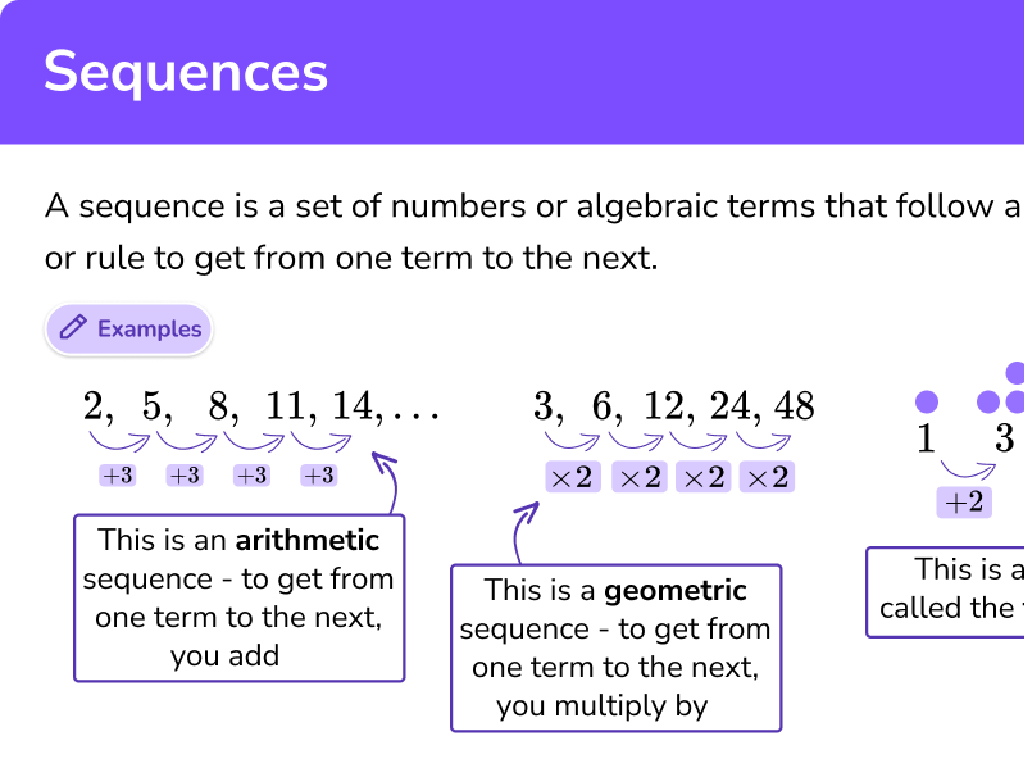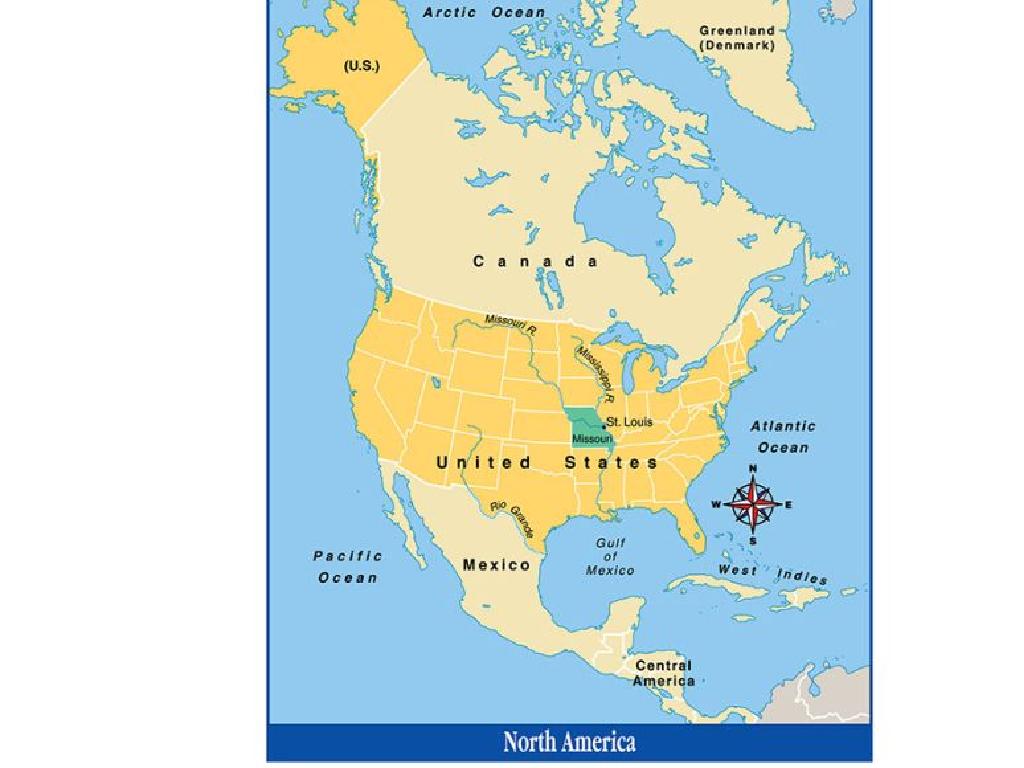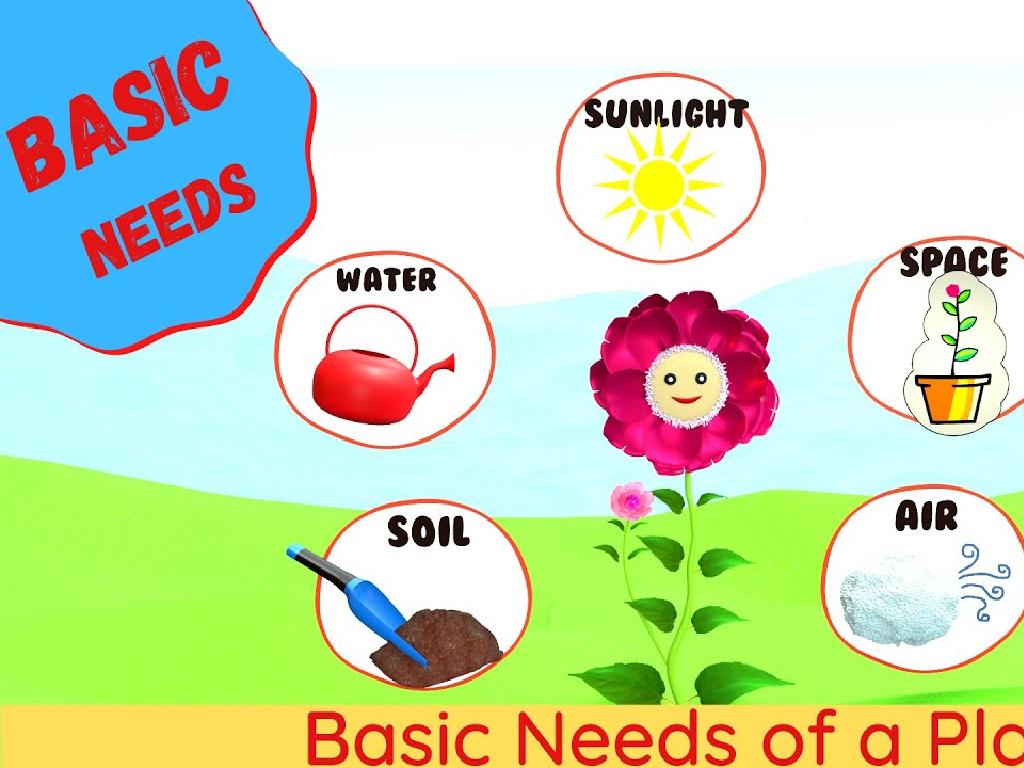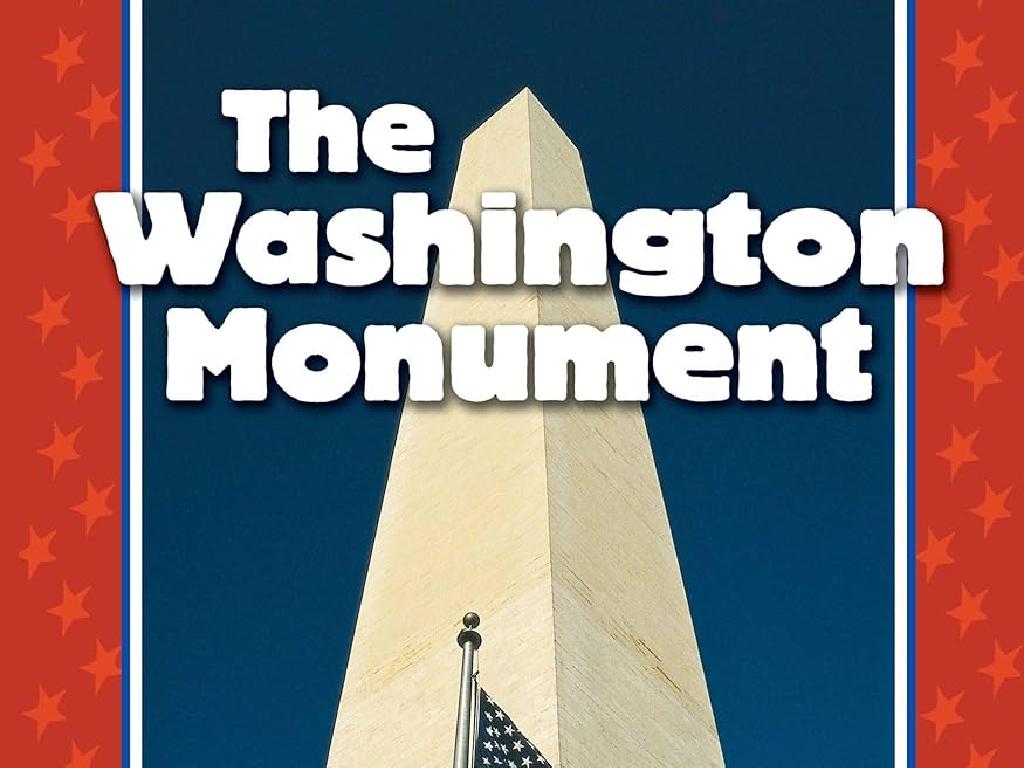Capitalizing The Names Of Places And Geographic Features
Subject: Language arts
Grade: Third grade
Topic: Capitalization
Please LOG IN to download the presentation. Access is available to registered users only.
View More Content
Capitalizing Names of Places and Geographic Features
– Capital letters are special
– Capitalization: a quick review
– Capitalization is using a big letter at the start of a word
– Places always start with a capital
– Examples: ‘Mount Everest’, ‘Atlantic Ocean’
– Geographic features get capitals too
– Examples: ‘Sahara Desert’, ‘Grand Canyon’
|
This slide introduces the concept of capitalization with a focus on the names of places and geographic features. Begin by explaining that capital letters are not just bigger versions of small letters; they have a special role in writing. They mark the beginning of sentences and the names of specific people, places, and things. Review the basic rules of capitalization to ensure students understand when and why to use capital letters. Emphasize that all proper nouns, including the names of cities, countries, landmarks, and natural features, always start with a capital letter. Provide examples and perhaps show a map to point out these features. Encourage students to think of places they know and ask if they remember to capitalize them. This will prepare them for the activities ahead where they will practice capitalizing geographic names.
Capital Letters: Places and Features
– What are capital letters?
– Big letters used for specific reasons
– Capital letters show importance
– They highlight special items or names
– Examples: Sentences, ‘I’, people’s names
– Like ‘Mount Everest’ or ‘Pacific Ocean’
– Capitalize places and geography
|
This slide introduces the concept of capital letters and their usage to signify importance or special cases in writing. Emphasize that capital letters are not just bigger versions of small letters; they have specific roles in grammar. Provide examples such as the beginning of sentences, the pronoun ‘I’, and names of people to illustrate their use. Then, transition to the main topic by explaining that names of places and geographic features are also capitalized because they are unique and important. Encourage students to think of places they know and ask if they remember seeing capital letters in those names.
Capitalizing Names of Places
– Places are special: use capital letters
– Examples: ‘Mount Everest’, ‘Pacific Ocean’
– ‘Golden Gate Bridge’, ‘Disneyland’, ‘Amazon River’
– Every word in a place name is capitalized
– ‘Grand Canyon’ not ‘grand canyon’
– Practice with local and famous places
– Find places in stories or on a map and capitalize
|
This slide introduces the concept of capitalizing place names to third-grade students. Emphasize that places are important and therefore deserve to be capitalized. Provide clear examples of well-known places, ensuring to highlight the capital letters at the beginning of each word. Explain that this rule applies to all words in a place’s name, not just the first word. To reinforce learning, engage students in an activity where they identify and correctly capitalize names of places from a variety of sources such as stories, maps, or signs. This will help them understand the practical application of the rule.
Capitalizing Geographic Features
– Geographic features on Earth
– Earth’s surface includes various natural formations
– Examples: Mountains, rivers, deserts
– Mount Everest, Nile River, Sahara Desert
– Capitalize names like places
– Always use a capital letter for their names
– Practice with real examples
– Let’s capitalize: Rocky Mountains, Mississippi River
|
This slide introduces the concept of capitalizing the names of geographic features, which is an extension of the capitalization rules for proper nouns. Start by explaining what geographic features are, giving examples such as mountains, rivers, and deserts. Emphasize that just like the names of people and places, the names of these features are also proper nouns and should always start with a capital letter. Provide clear examples and then engage the students with an activity where they practice capitalizing names of well-known geographic features. This will help reinforce the rule and ensure they understand the importance of proper capitalization in writing.
Why Capitalize Place Names & Geographic Features?
– Show respect and importance
– Avoid confusion with common nouns
– ‘river’ is common, but ‘Mississippi River’ is specific
– Ease reading and understanding
– Capital letters help us spot important words quickly
|
This slide explains the reasons behind capitalizing names of places and geographic features. Capitalization in this context serves multiple purposes: it shows respect for the place or feature, distinguishes between common and proper nouns to prevent confusion, and aids in the readability and comprehension of text. For example, while ‘river’ is a common noun and not capitalized, ‘Mississippi River’ is a proper noun and is capitalized to denote a specific place. It’s important for students to recognize that capital letters are not just for the beginning of sentences but also for names of specific places and features, which are important in writing.
Let’s Practice Capitalization!
– Capitalize ‘New York’
State names are important and always start with a capital letter.
– Capitalize ‘Nile River’
Names of rivers are special and get capital letters too.
– Capitalize ‘Grand Canyon’
Famous places like the Grand Canyon always have capital letters.
– Why capitalization matters
|
This slide is for a class activity focused on practicing capitalization of place names and geographic features. Students will correct sentences by capitalizing proper nouns. Explain that proper nouns like ‘New York’, ‘Nile River’, and ‘Grand Canyon’ should always start with a capital letter because they are specific names. Emphasize that capitalizing these names helps to show respect and importance. For the activity, students can work individually or in pairs to rewrite the sentences correctly on their notebooks. Encourage them to share their answers with the class. Possible variations of the activity could include finding more examples in a text, writing their own sentences with capitalized place names, or creating a poster with correctly capitalized geographic features.
Class Activity: Map Scavenger Hunt
– Find 10 places on the classroom map
– Write down each name with correct capitalization
– Remember: Capitals for places and features!
Examples: ‘Mount Everest’, ‘Pacific Ocean’, not ‘mount everest’, ‘pacific ocean’
– We’ll discuss our findings together
|
This activity is designed to help students recognize and practice the correct capitalization of place names and geographic features. Provide a classroom map and instruct students to search for various place names, ensuring they capitalize the first letter of each name. This hands-on activity not only reinforces the lesson on capitalization but also familiarizes students with geography. After the scavenger hunt, gather the class and review the names each student found, correcting any capitalization errors and praising correct usage. This will solidify their understanding and provide immediate feedback. Possible variations of the activity could include working in pairs, setting a time limit, or assigning specific regions of the map to different groups to ensure a wide range of examples.
Capitalization Adventure: Conclusion
– Congratulations on your hard work!
– Understanding place name capitalization
– Places like ‘Mount Everest’ always start with a capital letter
– Respect places with proper capitalization
– Just like people, places have names that need a capital letter
– Practice makes perfect in capitalization
|
Well done guiding the students through the rules of capitalizing place names and geographic features! Reinforce the concept that capitalization is a sign of respect for places just as it is for people. Encourage them to always start place names and geographic features with a capital letter. Remind them that practice is key to becoming proficient in capitalization. To continue their practice, consider assigning a fun worksheet where they can correct sentences with capitalization errors or create a map labeling activity where they must write the names of places correctly.






